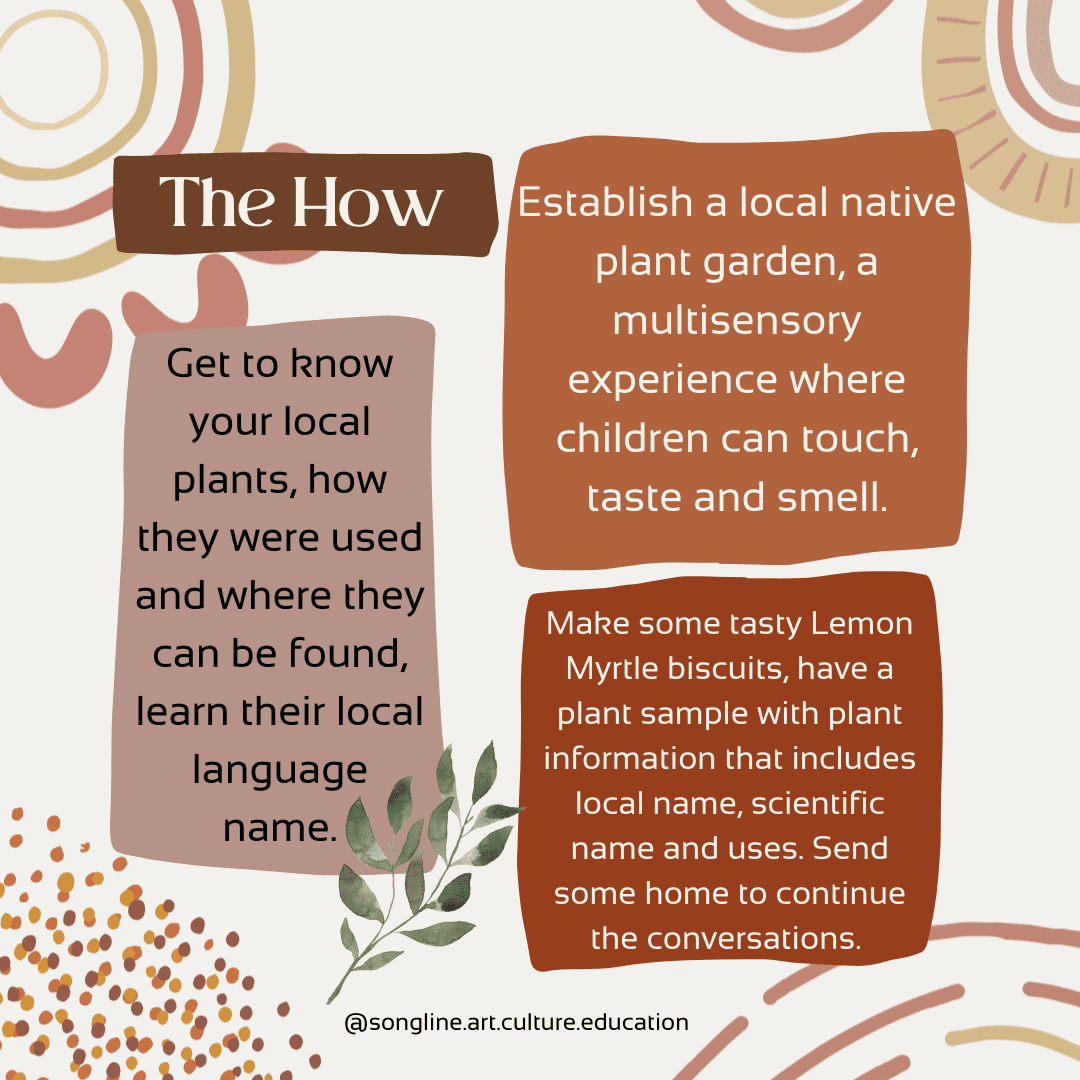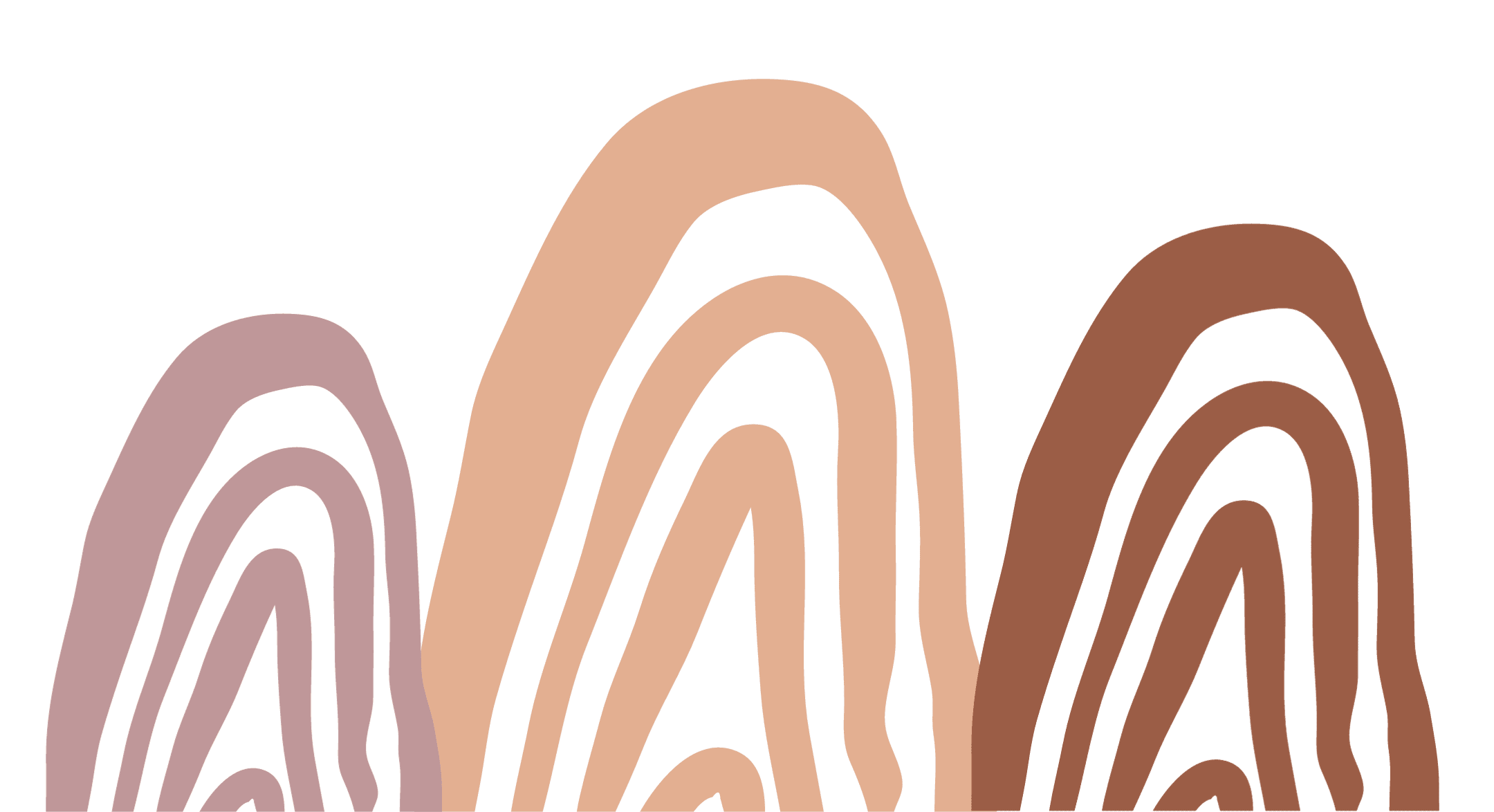

Indigenous plants, as well as holding cultural stories, hold great cultural and ecological importance for First Nations people. Native plants provide many of the essentials of life, including food, medicine, tools, weapons and clothes.
The cultivation and sustainable acquisition of resources including food and fibres by First Nations peoples demonstrates our complex understanding of how the physical conditions of an ecosystem affect the availability of animal and plant species in diverse regions.
Our long held and sophisticated knowledge is today being used to inform land management practices and restoration processes in areas where the impact of colonisation and introduced species have damaged environments.
First Nations peoples make a range of objects from plant fibres, such as dilly bags, weavings and tools is an important activity. Items needed for hunting as well as for carrying and collecting food are made along with ritual objects for use in ceremonies.
Timber from certain shrubs and trees was and still is a sustainable option for making a wide range of tools and utensils, including spearthrowers, shields, coolamons and boomerangs.
Many plants provided medicines. Very little preparation was required. Leaves were bruised, roots or bark pounded to use as poultices. Many Australian plants such as teatrees, eucalypts, boronia and mints are rich in aromatic oils.

Further Reading:
Young Dark Emu: A Truer History https://www.magabala.com/products/young-dark-emu
The ‘Agriculture’ chapter (pages 16 to 33) provides much insight into Aboriginal agriculture/plant use.
Dark Emu in the Classroom: Teacher Resources for High School Geography https://www.magabala.com/products/dark-emu-in-the-classroom Pages 65-71 activity – ‘Is revegetation with native species a viable solution to land degradation?’ explores the use of indigenous plants in reviving degraded systems.
Murnong – These two links provide video resources which discuss the cultivation and use of murnong by Aboriginal peoples.
https://education.abc.net.au/home#!/media/3123864/the-murnong-story
https://education.abc.net.au/home/#!/media/2872205/murnong-daisies
Koorie plants, Koorie people: traditional Aboriginal food, fibre and healing plants of Victoria (book). This book is an excellent resource to look at Aboriginal plant use in south-eastern Australia
https://trove.nla.gov.au/work/22736054?q&versionId=44604945
.
References
Australian National Botanical Gardens. Aboriginal Plant use and Terminology. https://www.anbg.gov.au/gardens/education/programs/pdfs/aboriginal_plant_use_and_technology.pdf
Cumpston, Z. Indigenous Plant Use. https://research.unimelb.edu.au/__data/assets/pdf_file/0030/173577/Indigenous-plant-use-research-update.pdf
Sign up to be the first to know about new products and blog posts and get exclusive discount codes.

We acknowledge and pay our respects to the Minjungbal People of the Bundjalung Nation, the Traditional Custodians of the beautiful land and waterways on which we live and work.
Always was. Always will be Aboriginal land.
Copyright © Songlines Art, Culture, Education.
We acknowledge and pay our respects to the people of the Bundjalung Nation, the Traditional Custodians of the beautiful land and waterways on which we live and work.
Always was. Always will be Aboriginal land.
